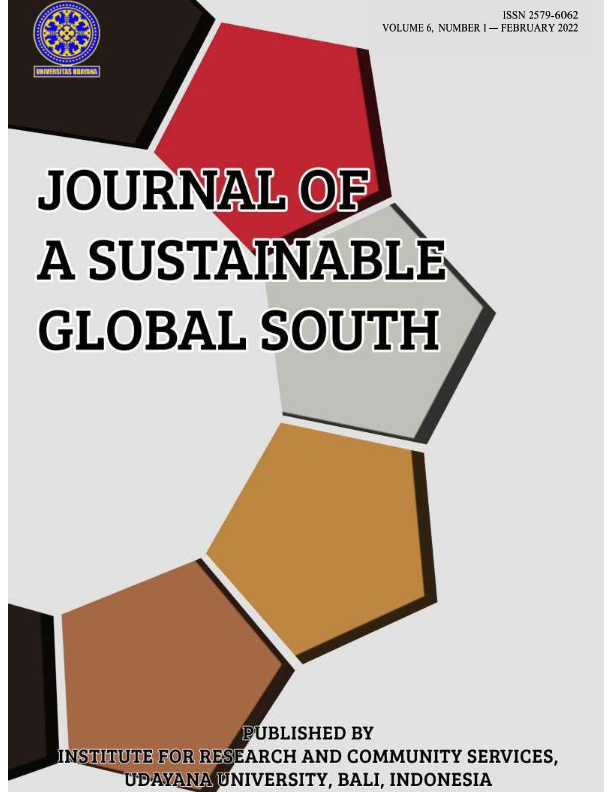The Correlation between Body Mass Index (BMI) and Salivary PH on Type 2 Diabetes Mellitus Patients in Work Area of Health Center III North Denpasar
Abstract
The existence of epidemiological transitions and the shift of infectious diseases into non-infectious diseases cause high degenerative and chronic diseases such as Diabetes Mellitus (DM). There are several types of diabetes mellitus, but of all types, type 2 diabetes mellitus is DM, which has the highest prevalence of around 90-95% of all DM patients in the world. The increase in the number of people with Type 2 DM is caused by many factors, such as excessive weight or overweight and obesity. Determination of more nutritional status or overweight can be seen from the Body Mass Index (BMI). High BMI is associated with blood sugar instability and the potential for complications such as micro vascular complications, namely neuropathy. Neuropathy causes problems in the sympathetic and parasympathetic nerves which will have an impact on changes in the salivary acidity. This study was a correlation study with a cross sectional approach. The sample in this study amounted to 41 participants chosen by consecutive sampling technique. Data collection was done by measuring height, weight, and salivary pH. Correlation analysis used Pearson Product Moment with a confidence interval of 95% (? = 0.05). The results of the Pearson Product Moment statistical test indicated that the correlation coefficient r=-0.398, and the Sig. value 0.010 (p <0.05). This result indicated that there was a weak negative correlation between BMI and salivary pH on Type 2 DM which means the higher BMI value, the lower salivary pH on Type 2 DM.
Downloads

This work is licensed under a Creative Commons Attribution 4.0 International License.










(1).png)


